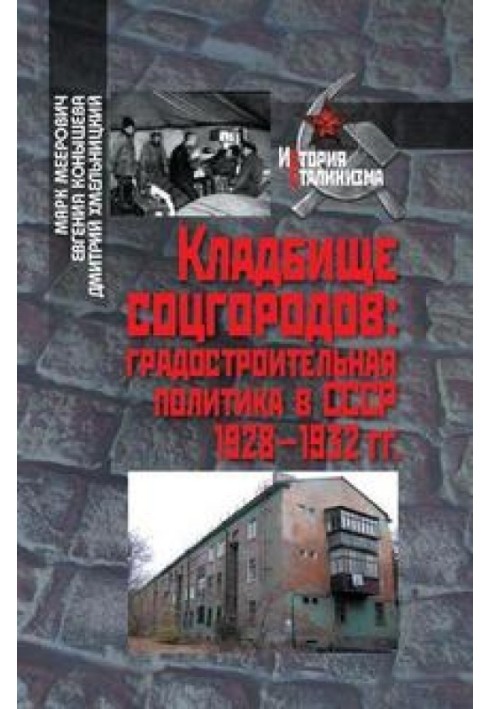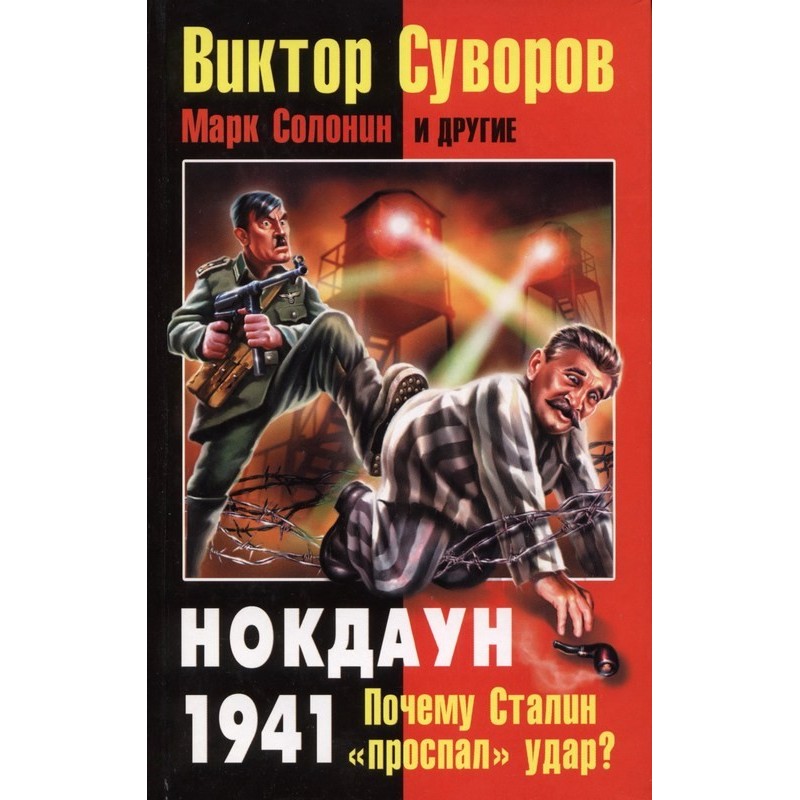Cemetery of socialist cities: urban planning policy in the USSR (1928–1932)
 Instant download
Instant download
after payment (24/7)
 Wide range of formats
Wide range of formats
(for all gadgets)
 Full book
Full book
(including for Apple and Android)
The monograph examines the key moments of Soviet urban planning policy in the initial period of industrialization: the discussion about social resettlement and the reasons for its ban; the campaign for the socialization of everyday life and the reasons for its abolition; principles for choosing territory for the construction of new cities and the shortcomings genetically inherent in these principles; features of the planning organization of socialist cities - centers of territorial organization of the population, reflecting the structure of the structure of the party and administrative leadership of Soviet society; typology of mass housing in socialist towns-new buildings, corresponding to the hierarchy of the social structure of Soviet society; forced migrations as a way of moving labor resources to places of development of territories; forced urbanization as a result of the implementation of the settlement doctrine; formulas for calculating the standard population of socialist cities, embodying the postulates of the labor-mobilization and military-mobilization organization of the country's population.
Data sheet
- Name of the Author
- Дмитрий Хмельницкий Сергеевич
Евгения Конышева Владимировна
Марк Меерович Григорьевич - Language
- Russian


















